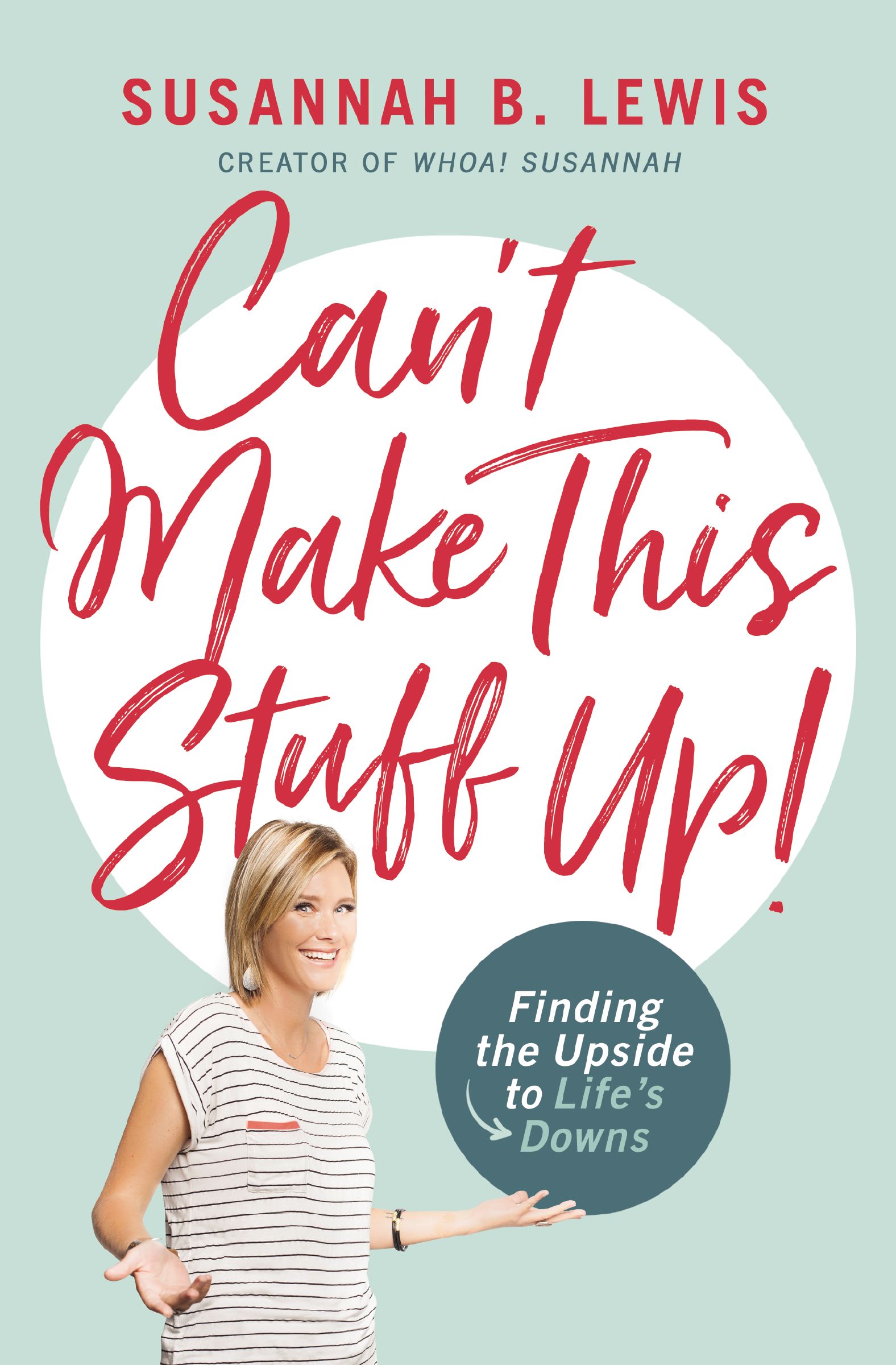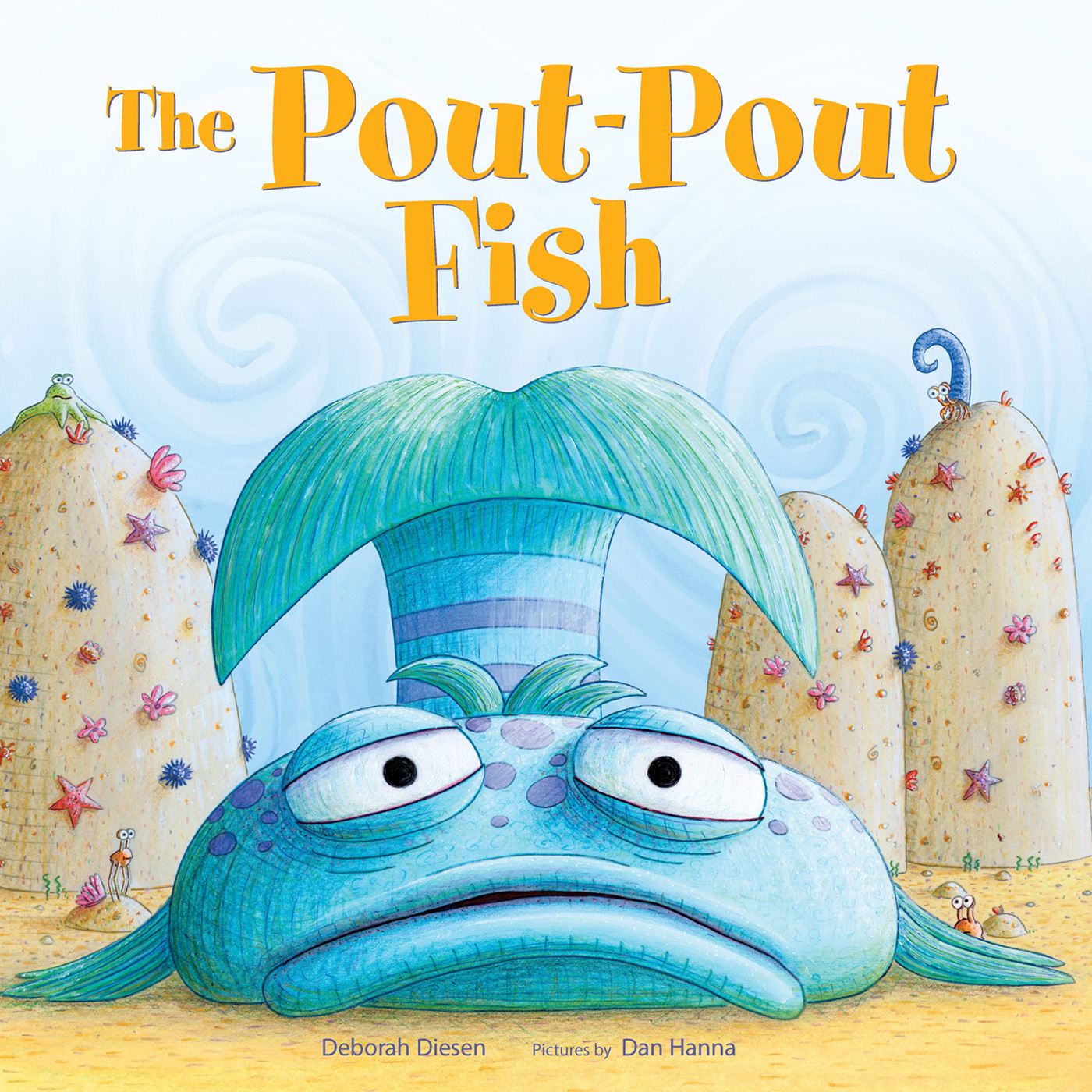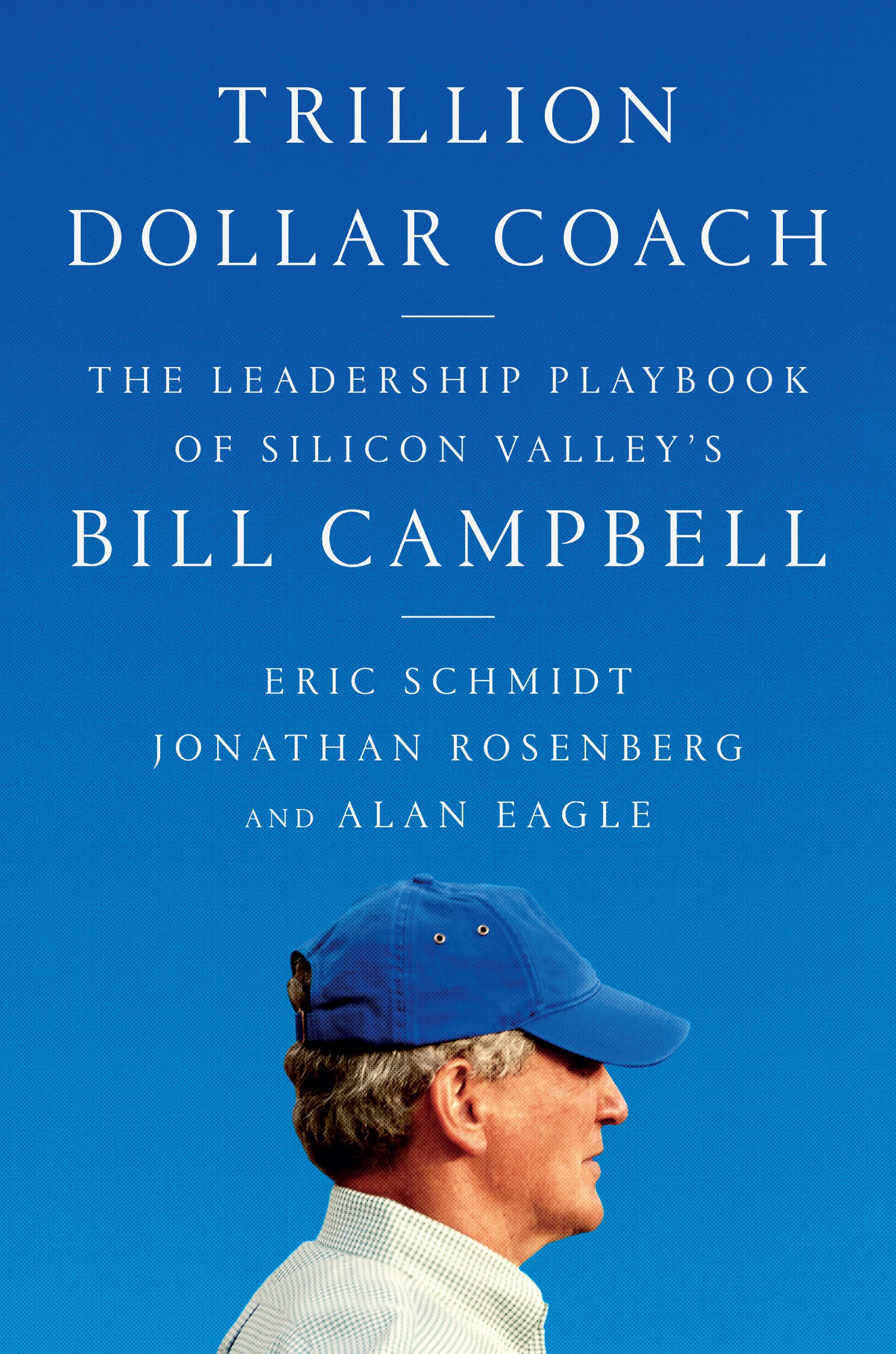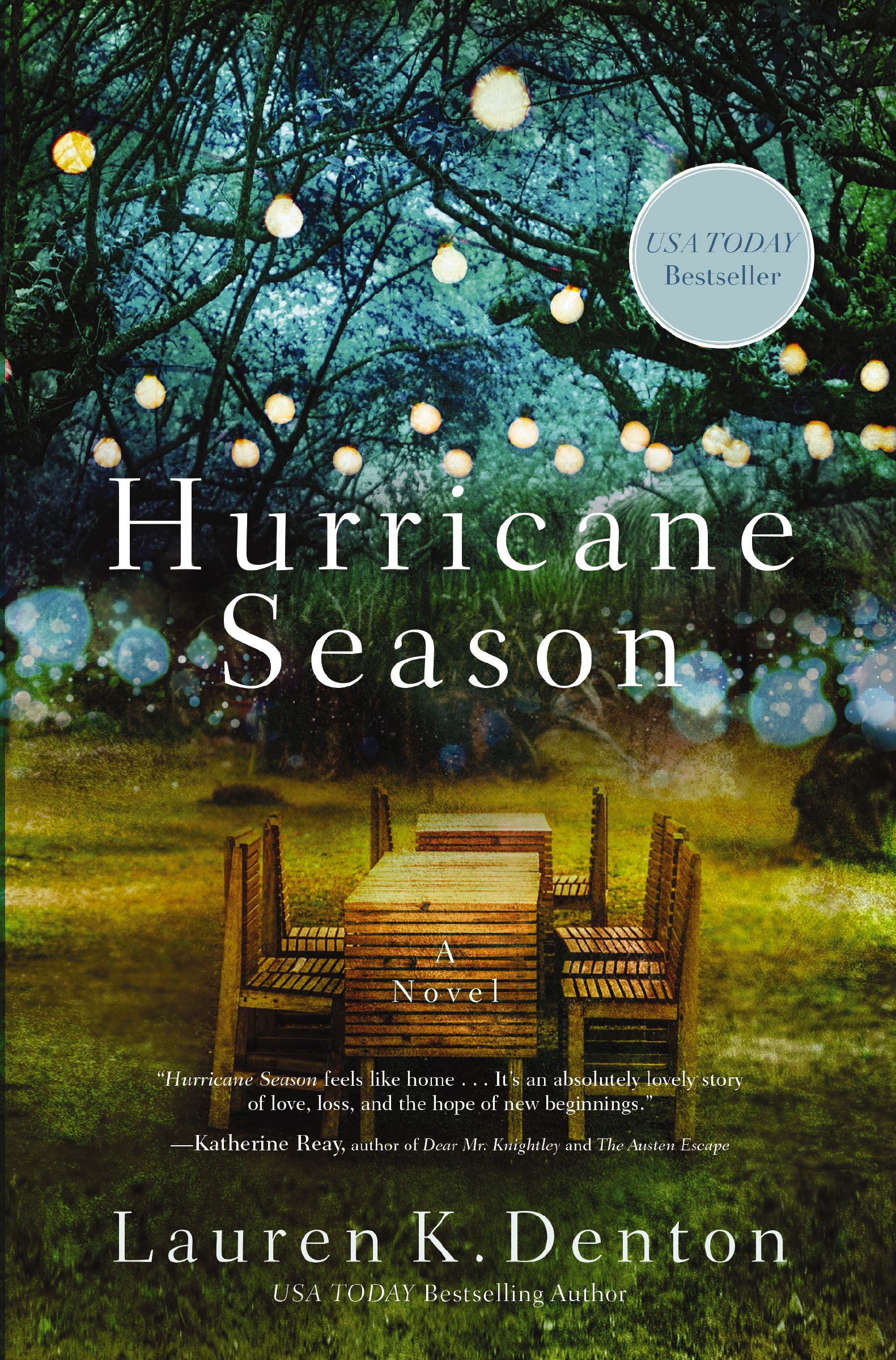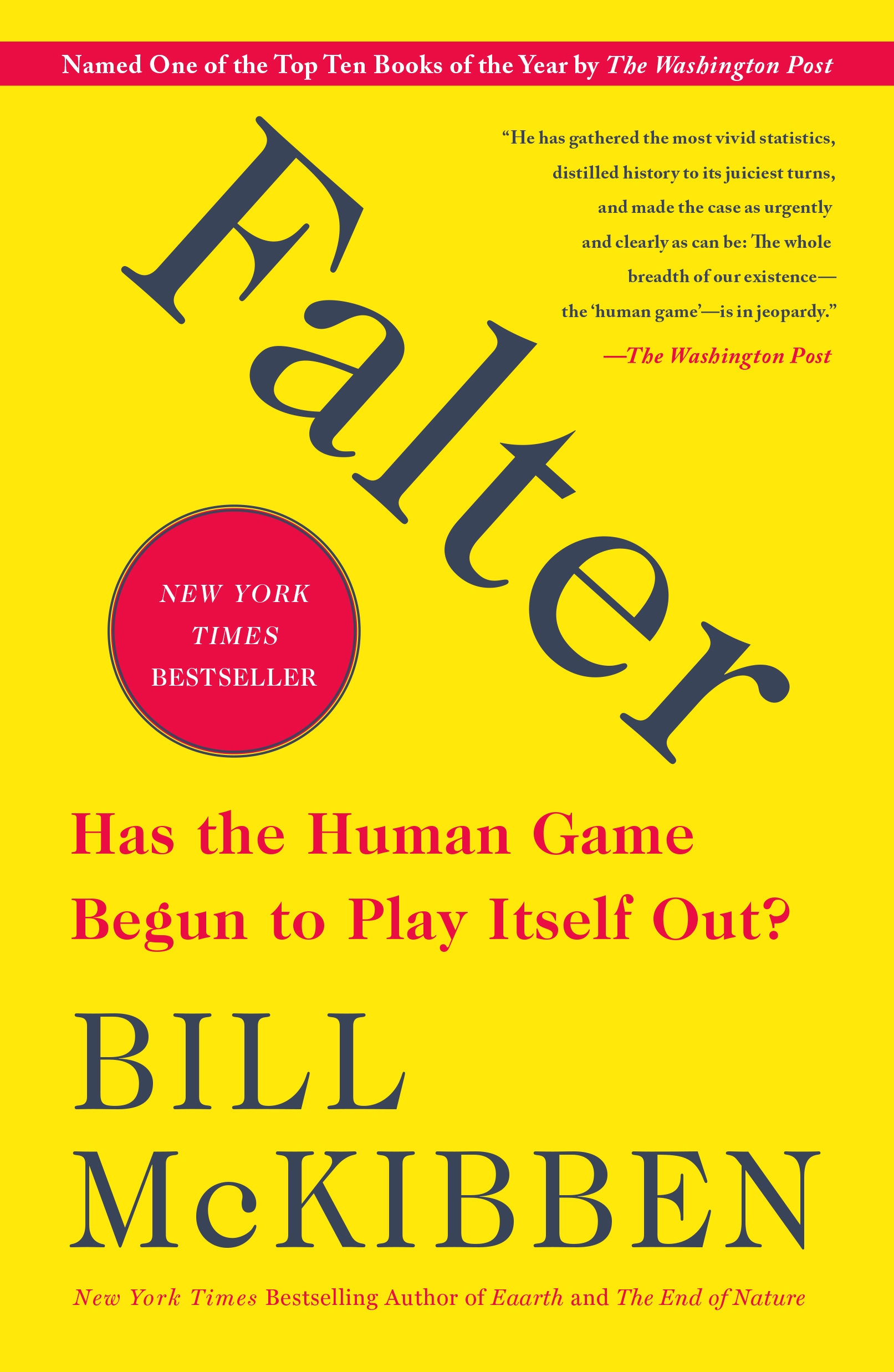
- Browse Category
Subjects
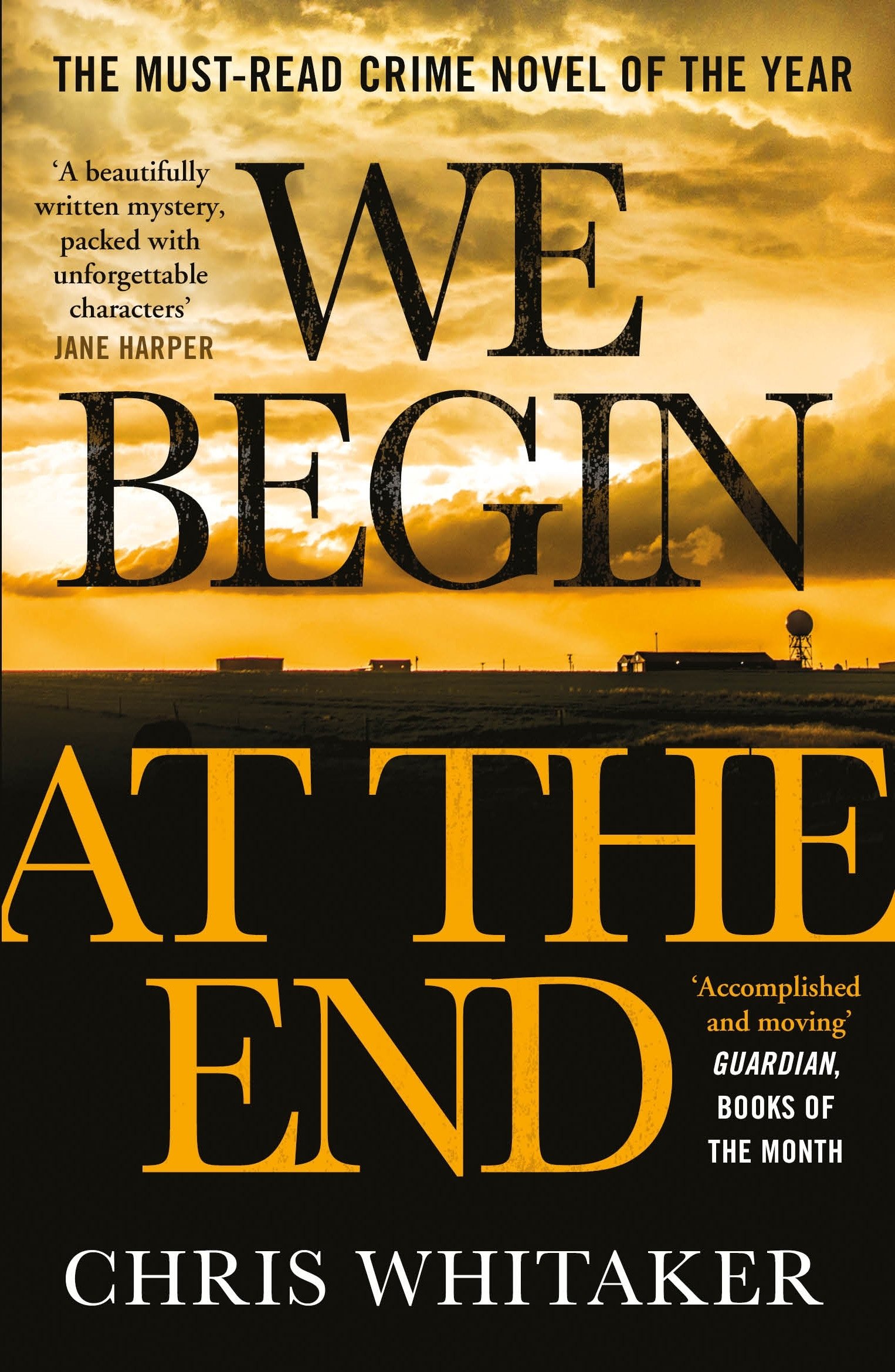 We Begin at the EndLearn More
We Begin at the EndLearn More - Choice Picks
- Top 100 Free Books
- Blog
- Recently Added
- Submit your eBook
Sign in
Sign up
Success! Check your mail for login confirmation!!
Forgot password
Enter your email address and we’ll send you
password reset instructions
password reset instructions
The Showman and the Slave: Race, Death, and Memory in Barnum's America
by Benjamin Reiss
2021-05-26 05:16:05

The Showman and the Slave: Race, Death, and Memory in Barnum's America
by Benjamin Reiss
2021-05-26 05:16:05
In this compelling story about one of the nineteenth century''s most famous Americans, Benjamin Reiss uses P. T. Barnum''s Joice Heth hoax to examine the contours of race relations in the antebellum North. Barnum''s first exhibit as a showman, Heth w...
Read more
In this compelling story about one of the nineteenth century''s most famous Americans, Benjamin Reiss uses P. T. Barnum''s Joice Heth hoax to examine the contours of race relations in the antebellum North. Barnum''s first exhibit as a showman, Heth was an elderly enslaved woman who was said to be the 161-year-old former nurse of the infant George Washington. Seizing upon the novelty, the newly emerging commercial press turned her act--and especially her death--into one of the first media spectacles in American history.
In piecing together the fragmentary and conflicting evidence of the event, Reiss paints a picture of people looking at history, at the human body, at social class, at slavery, at performance, at death, and always--if obliquely--at themselves. At the same time, he reveals how deeply an obsession with race penetrated different facets of American life, from public memory to private fantasy. Concluding the book is a piece of historical detective work in which Reiss attempts to solve the puzzle of Heth''s real identity before she met Barnum. His search yields a tantalizing connection between early mass culture and a slave''s subtle mockery of her master. Less
- ISBN
- 9780674055643
Author
Benjamin Reiss is a professor of English at Emory University. The author of The Showman and the Slave and Theaters of Madness, and the recipient of a Guggenheim fellowship, he lives in Atlanta, Georgi...
Compare Prices
Store
Availability
Book Format
Book Condition
Price
Available Discount
No Discount available
Related Books
Join us and get access to all your favourite books
It’s free
Company
Books
© 2025 AMPLE READS



